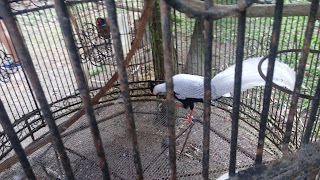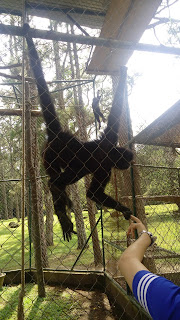Colon Free Trade Zone
The Colón Free Trade Zone is a large entity near the Atlantic entrance to the Panama Canal, located in Panama dedicated to re-exporting a wide variety of merchandise to Latin America and the Caribbean. It is a free port.
The Colón Free Trade Zone is the largest free port in the Americas, and second largest in the world. It started operations in 1948 and occupies about 2.4 km2 (600 acres). It is divided in two large areas: one located in Colon, segregated from the city by a wall, and the other relatively new, in the harbor area, which is designated for warehouses, covering 0.53 km2 (130 acres) and 370 m (400 yards) from Colón's commercial sector.
Since 1917, three years after the opening of the Panama Canal, the possibility of a free zone in Colón was discussed. It was not, however, until the end of World War II that the idea was realized. During the war, many locals were hired to build defense facilities and facilities to provide services for the movement of troops. With the end of troop arrivals came hard times. Later, Dr. Enrique A. Jimenez, president of Panama in 1945, made the free zone project a reality, using the geographic position of the ports and the interoceanic waterway, a compulsory route for worldwide navigation. He recommended the reconsideration of a project prepared by George E. Roberts, vice president of the First National City Bank of New York, that contemplated the creation of a free zone in Colón and that had been submitted to the government in 1929.
In 1946, the government employed Dr. Thomas E. Lyons, a renowned authority on free zones, to carry out a feasibility study in the area suggested for the project. Based on his recommendations, the government approved Law No. 18 of June 17, 1948, which creates the Colón Free Zone as an autonomous institution.
Name: Cecilia Troya
















